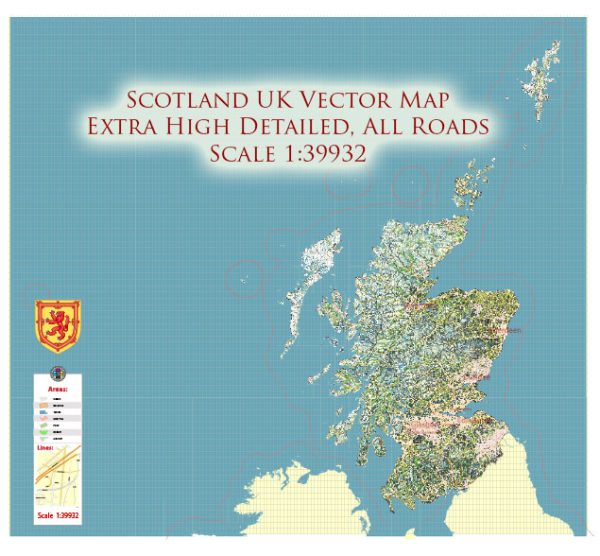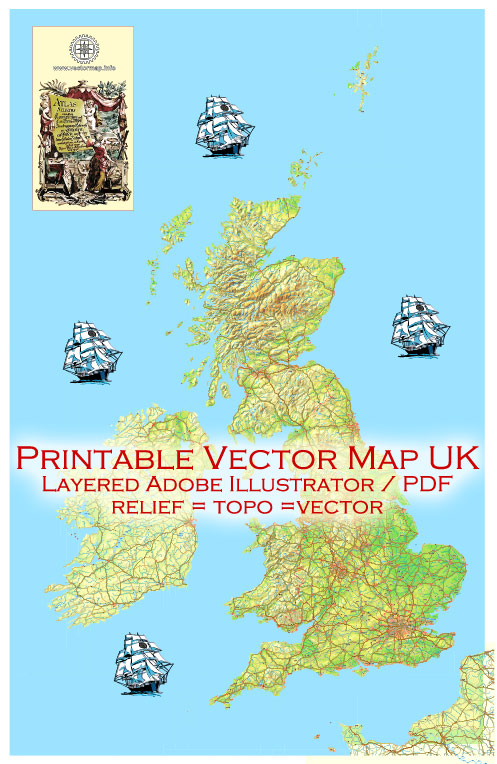Great Britain, which includes England, Scotland, and Wales, is an island located off the northwestern coast of mainland Europe. It is part of the British Isles, a group of islands that also includes Ireland. When discussing the ecological description of Great Britain and Ireland, it’s important to consider their diverse landscapes, climates, and ecosystems. Here is an overview of their ecological characteristics:
- Climate: The climate in the UK, including Great Britain and Ireland, is generally temperate maritime, influenced by the North Atlantic Current. This means mild temperatures, relatively high humidity, and significant rainfall throughout the year. Winters are mild, and summers are relatively cool. The climate can vary from region to region, with the west coast receiving more rainfall than the east.
- Landscapes: The British Isles offer a wide variety of landscapes, ranging from low-lying coastal areas to upland mountain regions. Some notable landscapes include the Scottish Highlands, the Lake District in England, the Welsh Valleys, and the rolling hills of Ireland.
- Flora: The plant life in the UK and Ireland is diverse. Woodlands and forests cover a significant portion of the land, and you can find a variety of tree species, including oak, beech, and pine. The countryside is also characterized by hedgerows, meadows, and heathlands. Each region has its own distinct flora, and you’ll find various wildflowers and grasses across the landscape.
- Fauna: The British Isles are home to a range of wildlife, including both native and introduced species. Some native species include red deer, roe deer, foxes, badgers, and various bird species like the red kite, puffin, and osprey. In addition to native species, there are introduced species like rabbits and grey squirrels. The waters surrounding the islands support diverse marine life, including seals, dolphins, and various fish species.
- Coastlines: The coastlines of Great Britain and Ireland are extensive and varied, with rugged cliffs, sandy beaches, and tidal estuaries. Coastal habitats are ecologically significant, supporting a range of wildlife, including seabirds, seals, and unique plant species adapted to coastal conditions.
- Wetlands: The islands have various wetland areas, such as marshes, bogs, and estuaries. These habitats are important for bird migration and breeding, and they provide valuable ecosystem services, such as water filtration and flood control.
- Conservation: Conservation efforts are active in the UK and Ireland, with numerous protected areas, national parks, and nature reserves dedicated to preserving the unique ecosystems and biodiversity of the region. These areas help safeguard habitats and species, including endangered ones.
- Challenges: Like many parts of the world, Great Britain and Ireland face ecological challenges, including habitat loss, pollution, invasive species, and climate change. Efforts to mitigate these issues include reforestation projects, wetland restoration, and policies aimed at reducing carbon emissions.
Both Great Britain and Ireland have a rich ecological heritage, and their landscapes and ecosystems continue to be the subject of research, conservation, and appreciation by nature enthusiasts and scientists alike.



 Author: Kirill Shrayber, Ph.D.
Author: Kirill Shrayber, Ph.D.